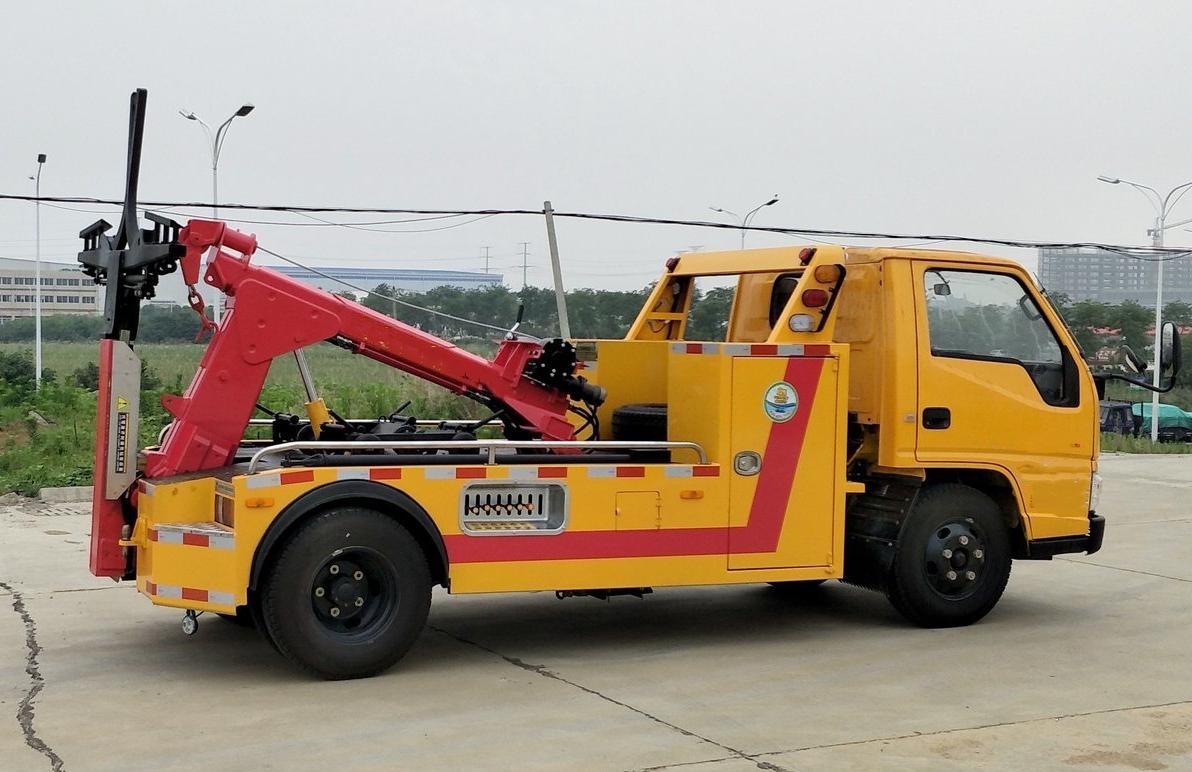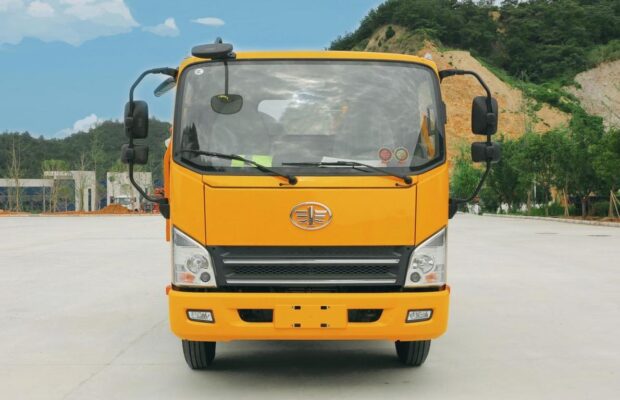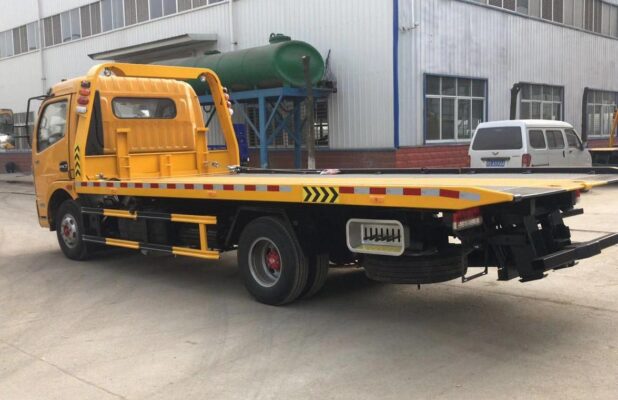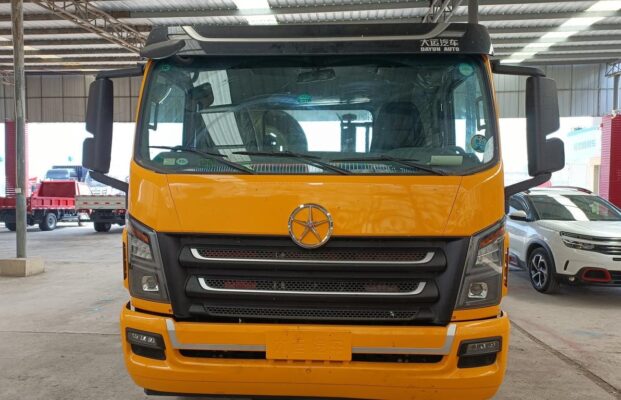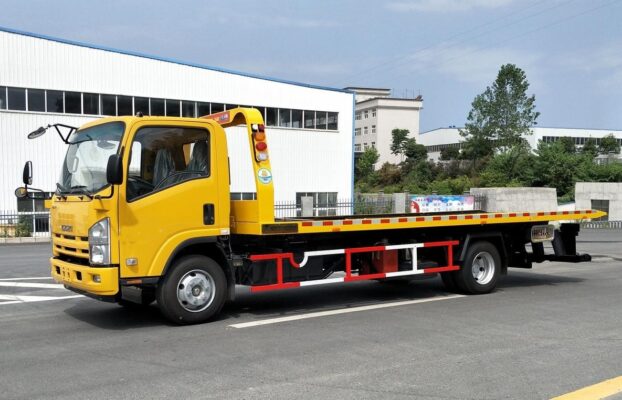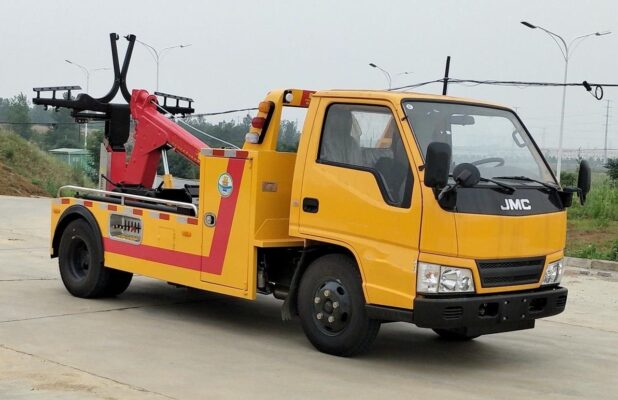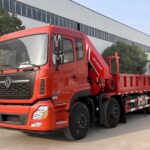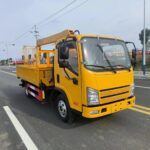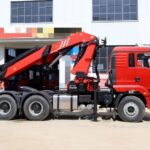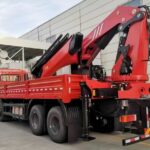Bridge cranes play a crucial role in various industrial and construction applications, facilitating the efficient movement of heavy loads. The lifting motor is a key component of these cranes, designed to handle the dynamic demands of frequent starts, stops, and changes in load conditions. This document outlines the specific requirements for the lifting motor of a bridge crane, emphasizing its operational characteristics, performance criteria, and necessary design features.
1. Operational Characteristics of the Lifting Motor
Repeated Short-Time Working System
The lifting motor of a bridge crane is classified as a « repeated short-time working system. » This classification arises from the crane’s operational cycle, which typically involves alternating between starting and braking in a high-frequency manner. This operational pattern leads to the following characteristics:
- Dynamic Load Conditions: The lifting motor must accommodate variable load weights, as it frequently operates under both light and heavy loads. This variation necessitates a motor capable of handling irregular load conditions without compromising performance.
- Minimal Heat Generation: Due to the short running time intervals between operations, the lifting motor generates minimal heat. This characteristic means that the motor is less affected by thermal conditions than motors in continuous operation, but it must still be designed to handle the thermal implications of brief but intense activity.
2. Overload Capacity
Importance of Overload Capacity
Given the operational dynamics of bridge cranes, it is imperative that the lifting motor possesses excellent overload capacity. This capacity ensures that the motor can handle sudden increases in load without experiencing failure or performance degradation.
- Design Considerations: When selecting a lifting motor, engineers must consider its ability to operate under overload conditions safely. This includes evaluating the motor’s torque output and its thermal characteristics during short bursts of heavy load.
- Safety Margins: The design should incorporate adequate safety margins to prevent damage during overload situations. This includes features such as overload protection mechanisms to prevent excessive strain on the motor.
3. Starting Performance
High Starting Torque Requirement
The starting performance of the lifting motor is critical, particularly since it often operates with a load from the outset. Therefore, when selecting the motor, a few key factors need to be addressed:
- Starting Torque: The motor must provide a high starting torque to effectively lift the load without excessive starting current. High starting torque ensures that the crane can initiate movement smoothly and efficiently, even when a load is present.
- Low Starting Current: While high starting torque is essential, it is equally important to minimize the starting current. Excessive starting current can lead to electrical stress and potentially damage the motor or the electrical supply system. Techniques such as soft starters or variable frequency drives (VFDs) can be employed to achieve this balance.
4. Speed Control
Precision in Load Placement
Accurate load placement is critical during loading and unloading operations. To facilitate this precision, the lifting motor must have robust speed control capabilities:
- Continuous Speed Adjustment: Operators often require continuous speed control to place items accurately. The lifting motor must be capable of adjusting its speed smoothly and responsively.
- Modern Control Methods: Traditional mechanical speed control methods may not provide the required accuracy. Plutôt, the implementation of modern electrical speed control methods, such as VFDs, allows for finer control over motor speed, enabling precise load positioning and improved operational efficiency.
5. External Packaging and Structural Integrity
Reinforced Mechanical Structure
The lifting motor of a bridge crane operates in an environment subjected to mechanical shocks and vibrations. Therefore, the external packaging of the motor must be designed with the following considerations:
- Mechanical Shock Resistance: The mechanical structure of the motor’s external packaging should be reinforced to withstand the shocks and vibrations encountered during operation. This reinforcement helps protect internal components from damage, prolonging the motor’s lifespan and ensuring reliable performance.
- Material Selection: The choice of materials for the motor housing should prioritize durability and shock resistance, preventing deformation or failure during cyclic loading.
6. Thermal Management
High Temperature Resistance
The lifting motor generates significant energy during operation, necessitating effective thermal management to prevent overheating. Key aspects of thermal management include:
- Heat Dissipation Functionality: Poor heat dissipation can lead to overheating, affecting motor performance and longevity. The motor’s design should incorporate features that enhance heat dissipation, such as ventilation slots or cooling fins, to facilitate effective airflow around the motor.
- High-Temperature-Resistant Insulation: To protect against thermal stress, the motor must utilize insulation materials rated for high temperatures. This insulation helps maintain the integrity of the motor’s electrical windings and prevents insulation failure due to excessive heat.
7. Maintenance and Reliability
Ease of Maintenance
To ensure the longevity and reliability of the lifting motor, it is essential to incorporate design features that facilitate easy maintenance:
- Access to Components: The motor design should allow for easy access to key components, such as bearings and brushes, enabling quick inspection and servicing without extensive disassembly.
- Diagnostic Features: Incorporating diagnostic features such as temperature sensors and vibration analysis can help identify potential issues early, allowing for timely maintenance and reducing the risk of unexpected failures.
8. Summary of Requirements
In summary, the following requirements are crucial for the lifting motor of a bridge crane:
- Overload Capacity: The motor must handle variable load weights and sudden increases in load without performance degradation.
- Starting Performance: High starting torque with low starting current is essential for smooth operation under load.
- Speed Control: The motor must provide precise and continuous speed adjustment capabilities, ideally through modern electrical control methods.
- Structural Integrity: Reinforced mechanical structure to withstand shocks and vibrations is necessary for durability.
- Thermal Management: Effective heat dissipation and high-temperature-resistant insulation materials are critical to prevent overheating.
- Maintenance Accessibility: Design features that facilitate easy maintenance and include diagnostic capabilities will enhance reliability.
Conclusion
The lifting motor of a bridge crane is a complex component that must meet various requirements to ensure safe, reliable, and efficient operation. By understanding these requirements, engineers and operators can select the appropriate lifting motors and implement best practices in crane operation and maintenance. This approach not only enhances the performance of bridge cranes but also contributes to overall safety and productivity in lifting operations.

